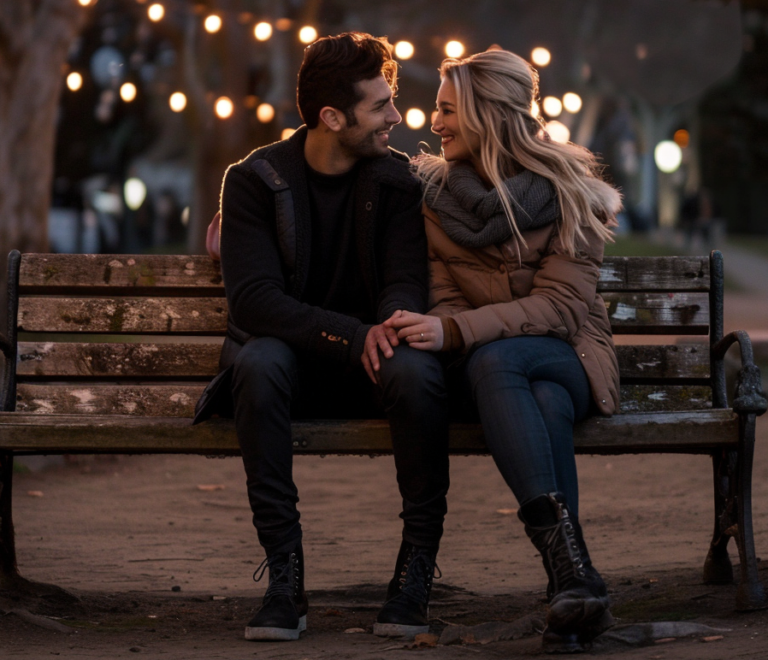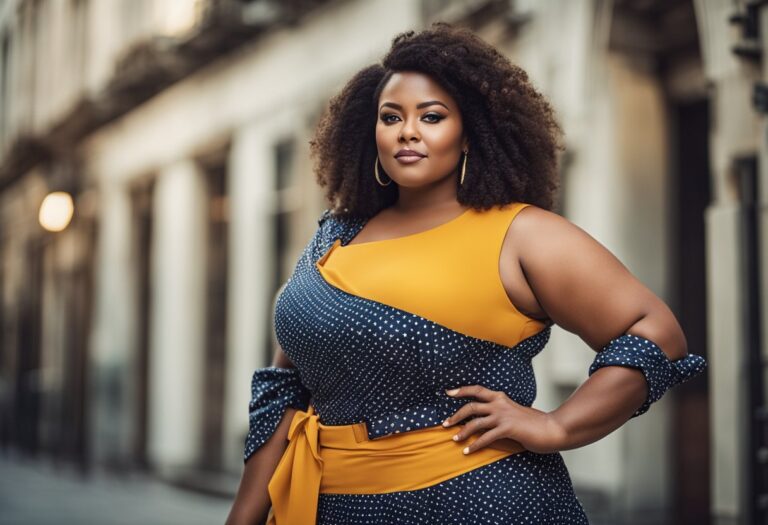Are you looking to take your portrait photography to the next level? Have you ever considered experimenting with faceless portraits?
Faceless portrait photography is a unique and captivating style of photography that focuses on other parts of the body or surroundings rather than the face. It’s a great way to create a sense of mystery and intrigue in your photos, and it can also be a fun and creative way to challenge yourself as a photographer.
1. Why Faceless Portrait Photography?
When you think of a portrait, the first thing that comes to mind is probably a close-up of someone’s face. However, faceless portrait photography is a genre that challenges this traditional notion. Instead of focusing on the subject’s facial features, it captures the essence of the person through other means, such as body language, clothing, and surroundings.
Faceless portrait photography is a unique and captivating way to showcase a subject. By obscuring the face, the viewer is forced to focus on other details that might have gone unnoticed in a traditional portrait. This genre allows the photographer to experiment with lighting, composition, and angles to create striking images that tell a story.
Adding faceless portraits to your portfolio can also help you stand out as a photographer. It shows that you are willing to take risks and think outside of the box. It can also attract clients who are looking for something different and unique for their own portraits. So hop right into our guide and get yourself started with faceless portrait photography!
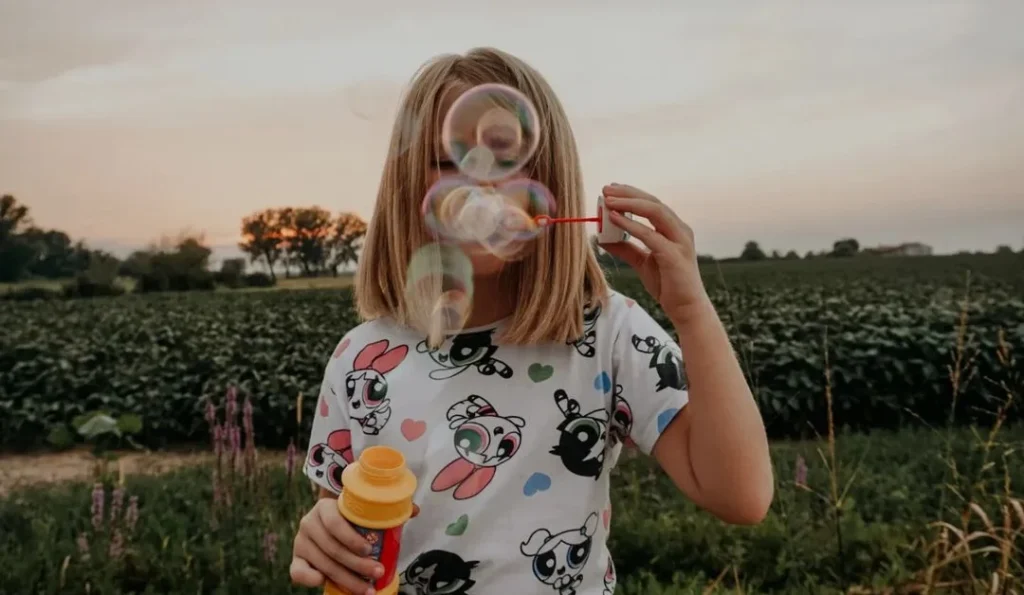
2. The Art of Capturing Emotion and Personality
“Before the body, there is the face”
Paul Auster
The face is the main body part for expressing emotions. We are insanely good at reading emotions off a face. That’s why traditional portrait photography can create so strong and moving images. For faceless portrait photography, we don’t have a face, obviously. So how can we still capture emotion?
Without the use of facial expressions, photographers must rely on other elements to convey their subject’s character and identity. One of the most effective ways of doing so is by using body language. The way your subject carries themselves, their posture, and the way they move can all convey a lot about their personality and emotion. Pay attention to these subtle cues and use them to your advantage in your composition.
Lighting is also crucial in capturing emotion and personality in faceless portrait photography. Different lighting setups can evoke different moods and emotions. For example, soft, diffused lighting can create a sense of intimacy and vulnerability, while harsh, dramatic lighting can convey strength and power.
Lastly, don’t be afraid to experiment with creative techniques to capture emotion and personality in your faceless portraits. Hands or Feet can also carry strong emotions and create a feeling of connection. Try to be creative and just see what makes for a good motive!
3. Technical Aspects of Faceless Portraits
Okay, we get it. We have to portray some emotions and play with the model. But what about the more technical side? As always – having good equipment can make your photos look a lot more professional. If you’re looking for the extra tweak, consider these settings and tips for your setup:
Focus, ISO, and Shutter Speed
When photographing faceless portraits, it’s important to pay attention to your focus, ISO, and shutter speed. Make sure your subject is in sharp focus, and consider using a shallow depth of field to create a more dramatic effect. Adjust your ISO and shutter speed as needed to achieve the desired exposure.
Studio Lighting
If you’re shooting in a studio, you have even more control over your lighting setup. Consider using a combination of softboxes, umbrellas, and other modifiers to create the perfect lighting for your subject. Read here if you’re unsure about how to use those! You can also experiment with colored gels to add a pop of color to your images.
Composition and Crop
Composition is key in any type of photography, and faceless portrait photography is no exception. Consider using the rule of thirds, leading lines, and other composition techniques to create a visually striking image. You can also experiment with different crops to create a sense of mystery and intrigue.
4. Creative Ideas and Techniques
Faceless portrait photography is a creative way to capture the essence of a person without showing their face. It allows you to focus on other aspects of the subject, such as their body language, gestures, or the environment they are in. If you need some inspiration, we got you covered:
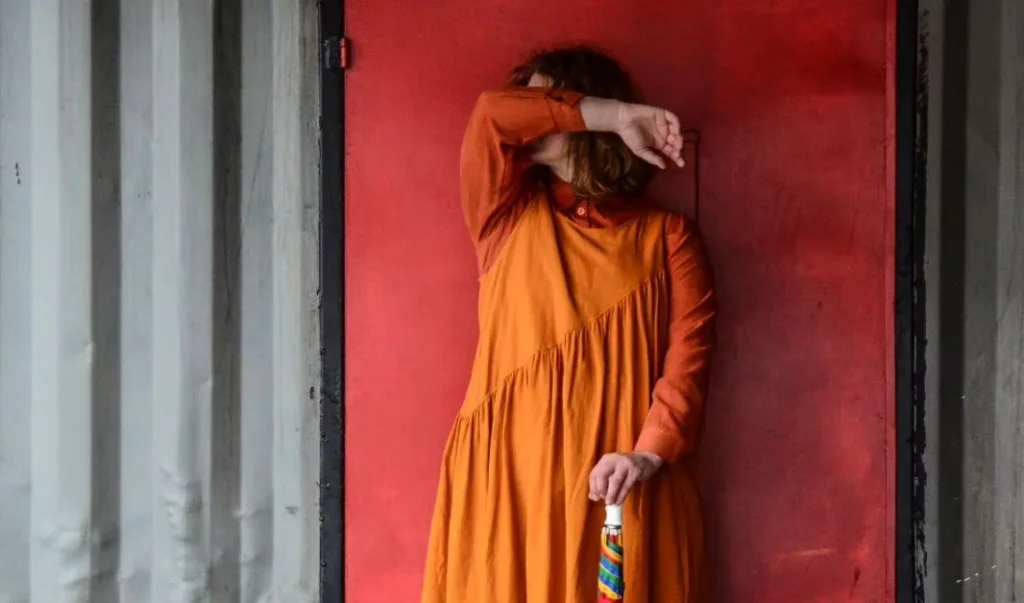
1. Use Props
Props can add interest and depth to your faceless portrait photography. Try using items such as hats, scarves, glasses, or even flowers to create a unique and eye-catching image. You can also experiment with different colors and textures to enhance the overall mood of the photograph.
2. Silhouette
Silhouette photography is a great way to create a dramatic and moody image. Use natural light to capture the outline of your subject, and make sure to position them against a bright background to create a strong contrast. This technique works particularly well during sunrise or sunset.
3. Motion Blur
Motion blur can add a sense of movement and energy to your faceless portrait photography. Try using a slow shutter speed to capture your subject in motion, such as walking, running, or dancing. It can be tricky to master this technique at first, so make sure to do some further research!
4. Play with Light
As always – Lighting is your best friend and worst enemy. It can destroy your best shots, but if you know how to make use of it, you can create amazing portraits with it. Experiment with different lighting setups, such as natural light, studio light, or even candlelight, to create a mood or atmosphere that suits your subject.
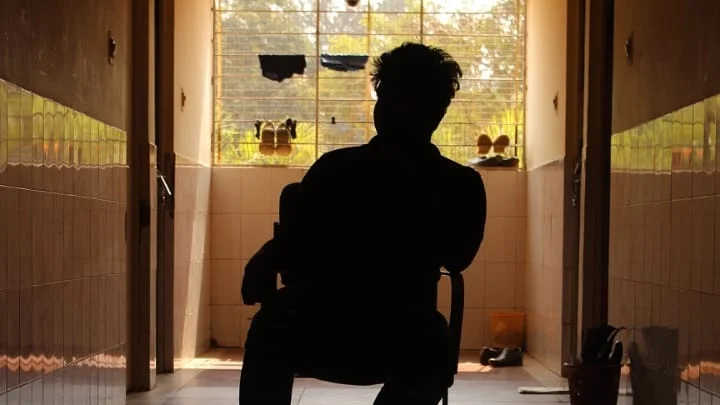
5. Importance of the Environment and Surroundings
The environment and surroundings play a crucial role in setting the tone and mood of the image when doing your faceless portrait photography. The environment can help tell a story, provide context, and add depth to the subject’s story.
Try to capture individuals within an environment that reflects their personality or interests. For example, if you are photographing a musician, capturing them in a recording studio or on stage can help tell their story and provide context for the viewer.
Additional effect: Your model is much more confident and relaxed in a relatable environment!
The surroundings can also be used to create interesting compositions and add visual interest to the image. For instance, using leading lines or framing techniques can help draw the viewer’s eye to the subject and create a more dynamic composition.
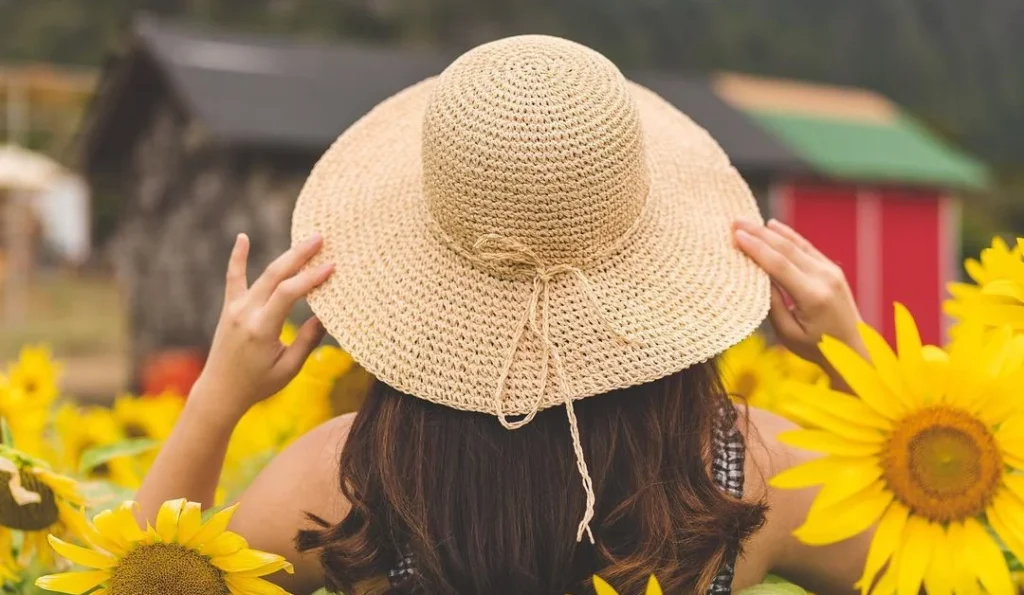
6. The Use of Shadows and Depth
Shadows can add a sense of mystery and intrigue to your portraits, while depth can create a three-dimensional effect that draws the viewer in.
One way to use shadows in your faceless portraits is to experiment with different lighting setups. For example, by positioning your subject so that the light source is behind them, you can create a sense of drama while also achieving the “faceless” aspect by putting the face in the darkness.
By using depth, you can create a sense of focus and draw the viewer’s attention to a specific part of the image. This can be especially effective when combined with interesting textures or patterns in the background. You might also experiment with different angles and perspectives. For example, you might shoot from a low angle, looking up at your subject, to create a sense of height and depth.
7. Mastering the Use of Body Language and Posture
As we said, body language can add emotions to your portraits. Even without a face! To capture the perfect shot, you need to be able to read and direct body language effectively. Here are some tips to help you master the use of body language and posture in your faceless portrait photography:
- Observe the body language: Before you start shooting, take some time to observe the subject’s body language. Look for any signs of nervousness, discomfort, or confidence. This will help you direct the subject more effectively and capture a more natural and authentic shot.
- Direct the posture: Posture plays a crucial role in conveying emotion and personality in faceless portrait photography. Direct the subject’s posture to match the mood and message you want to convey in the photograph. For example, a slouching posture may convey a sense of sadness or vulnerability, while a straight and confident posture may convey a sense of strength or resilience.
- Use body parts effectively: Body parts such as hands and arms can also be used to convey emotion and personality in faceless portrait photography. Direct the subject’s hands and arms to match the mood and message you want to convey in the photograph. For example, folded arms may convey a sense of defensiveness or skepticism, while open and relaxed hands may convey a sense of openness or trust.
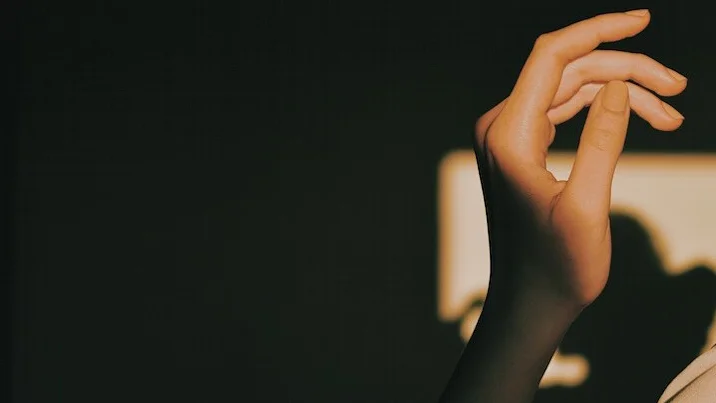
8. Editing Techniques for Portraits
Okay, now we have our photos from the shoot. So, it’s time to edit it to enhance its appeal!
There are several editing techniques you can use to make your faceless portraits stand out. Just to give you an idea of what you could do:
- Adjustment Layers: Use adjustment layers to make non-destructive edits to your photos. You can adjust the brightness, contrast, saturation, and more without affecting the original image.
- Layer Masks: Use layer masks to selectively apply edits to specific parts of your photo. This is useful when you want to apply an effect to only a portion of your image, like your subject!
- Filters: This tool is ultra-flexible. You can achieve almost everything with it. A vintage look, grunge, modern, …
- Clone Stamp Tool: The clone stamp tool removes unwanted elements from your photo. You can remove blemishes, distractions, or even entire objects.
There are many more techniques you can use in your faceless portrait photography. However, they are too much to cover them all. If you want some further tutorials on that part, have a look into this video:
Our opinion on faceless portrait photography
Now you have the basics for doing your first faceless portrait photoshoot! In our opinion, it’s one of the most innovative and exciting photography techniques to explore.
When doing portraits, most people just have a face in mind. However, there are many more options for doing portraits! You don’t need a face to portray emotions and the personality of people.
Now it’s your turn: Do you have any other tips? Let us know in the comments! Or, if you want to do some further reading, you could be interested in these guides:
- Aesthetic Self Portrait Photography: The Ultimate Guide
- Urban Portrait Photography: 7 Tips to Create Stunning Portraits
- How to avoid awkward photo poses: 5 Tips and Tricks
Also, make sure to follow us on Pinterest to stay up-to-date on the latest trends in photography!
Frequently Asked Questions
What is the meaning behind faceless portrait photography?
Faceless portrait photography is a genre that focuses on capturing the essence of a person without revealing their face. It’s a way to convey emotion, tell a story, or create a mood without relying on traditional facial expressions.
How can I create a faceless portrait photograph?
Some tips for creating a compelling faceless portrait include choosing the right subject, using creative cropping techniques, experimenting with different lighting setups, and focusing on body language and movement.
Is it possible to capture emotion in a faceless portrait?
Yes! While facial expressions are often the primary way we convey emotion, body language, posture, and movement can also communicate various emotions.
What are some unique ideas for faceless self-portraits?
One idea is to use shadows or reflections to obscure your face while highlighting other elements of your body or surroundings. Another idea is to use props or clothing to create a sense of mystery or intrigue. You can also experiment with different poses and body language to convey emotions and tell a story.


